
Q&A: What portable lighting should I get?
I’ve been getting some question sent to me lately on the blog, Facebook and Twitter, which is brilliant. It means I can turn them into posts so everyone can hopefully benefit from the answers.
First up was Matt with a question about lighting:
Hi Simon
I found your site originally when I was looking into light painting, then I ended up here again when I was looking into different portable lighting systems. Impressive work all around! It’s definitely inspiring me more to give lighting a proper go too.I firstly ended up looking into Alien Bees or Einsteins, but once they’re imported to the UK the cheap price point quickly disappears.Anyway – I’m just curious, would you still recommend the Quadras you have? I’ve been looking into Profoto and Bowens too, it’s just tricky to decide between them all. I’ve found a couple companies that seem to be designing similar ones to Paul C Buffs lights, or at least at that price-point, but there’s practically no reviews for them and I don’t really fancy being the first to try them either.
There’s plenty of people aswell as yourself that love Quadras, so that’ll definitely make it easier to part with the cash in the future.
Cheers! Matt
Hi Matt
I know what you mean about the Paul C Buff stuff. I’d love a Vagabond Mini and a couple of Einsteins but you’re right, by the time you get them to the UK the price is far less attractive.
In answer to your question, yes, I still love my Quadras, there’s so much about them to like. They are small and light, pack a decent punch and the built-in Skyport radio triggers are very handy. The Profoto packs and a heads are gorgeous but I just couldn’t (and still can’t!) justify the cost. And to be honest they aren’t as compact and portable.
If you are just getting in to lighting though, I’d say start small. Buy some used hot shoe flashes and some cheap eBay wireless triggers and learn to use them in manual. Then, when you run out of power and find yourself limited, step up to something bigger.
Bear in mind you can use any constant light source to light paint with though. It’s a great chance to get all McGuyver with a torch!
Hope that helps, Simon


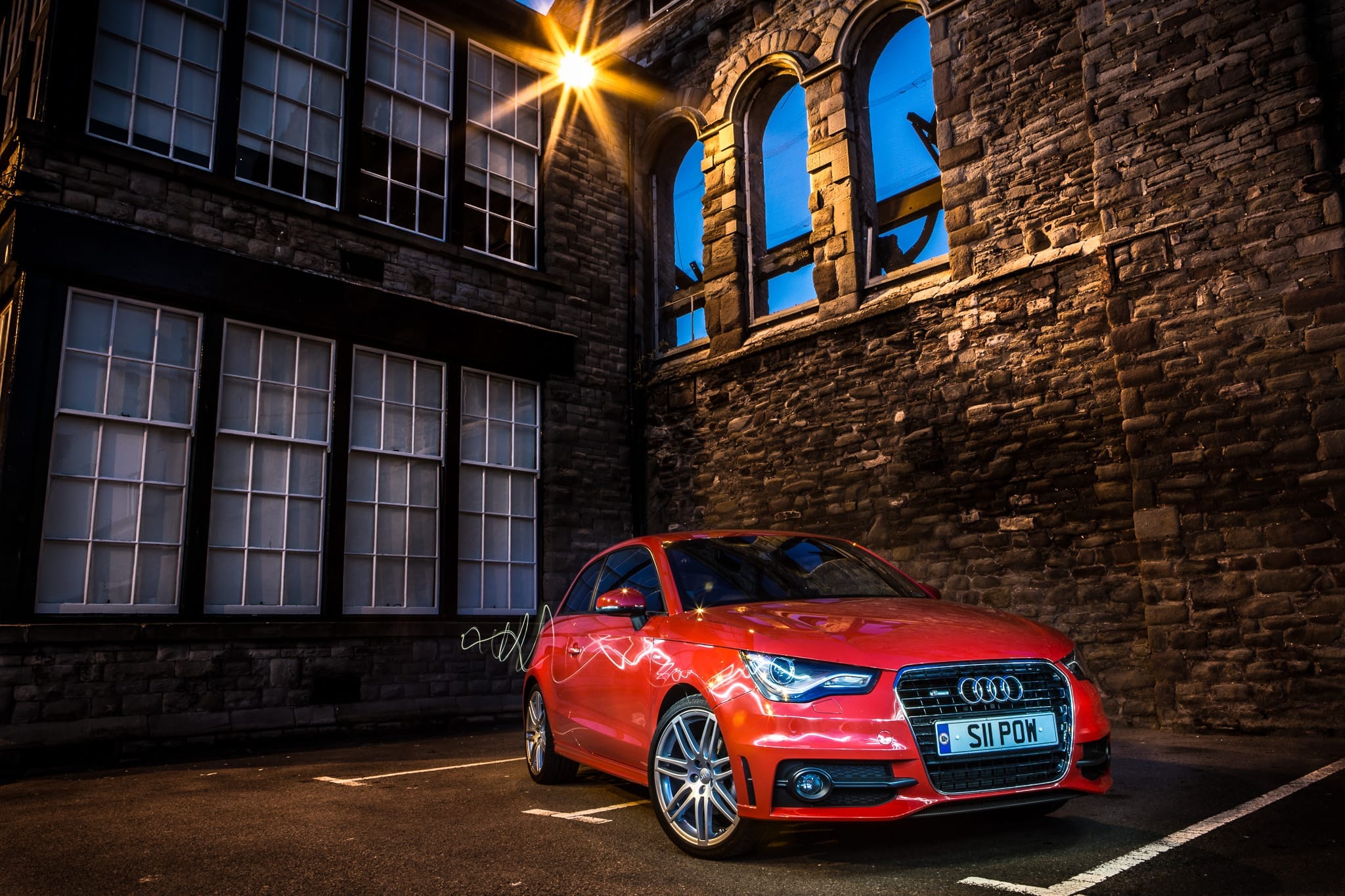
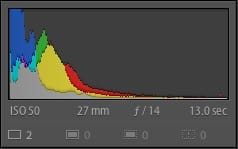
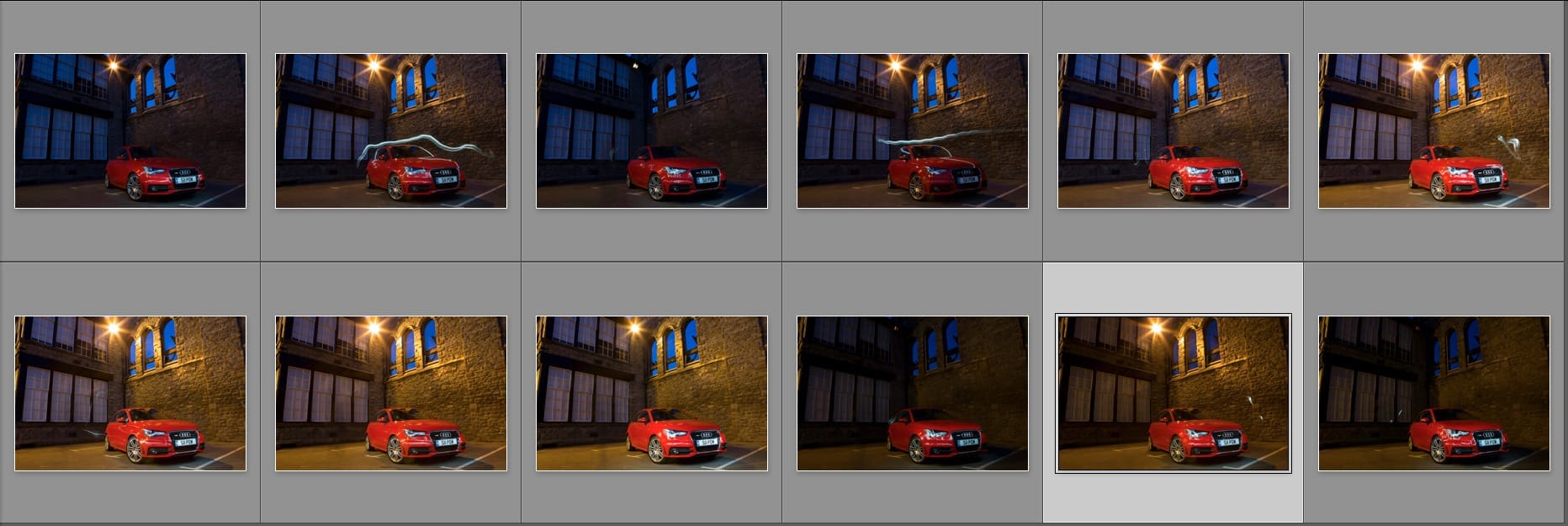

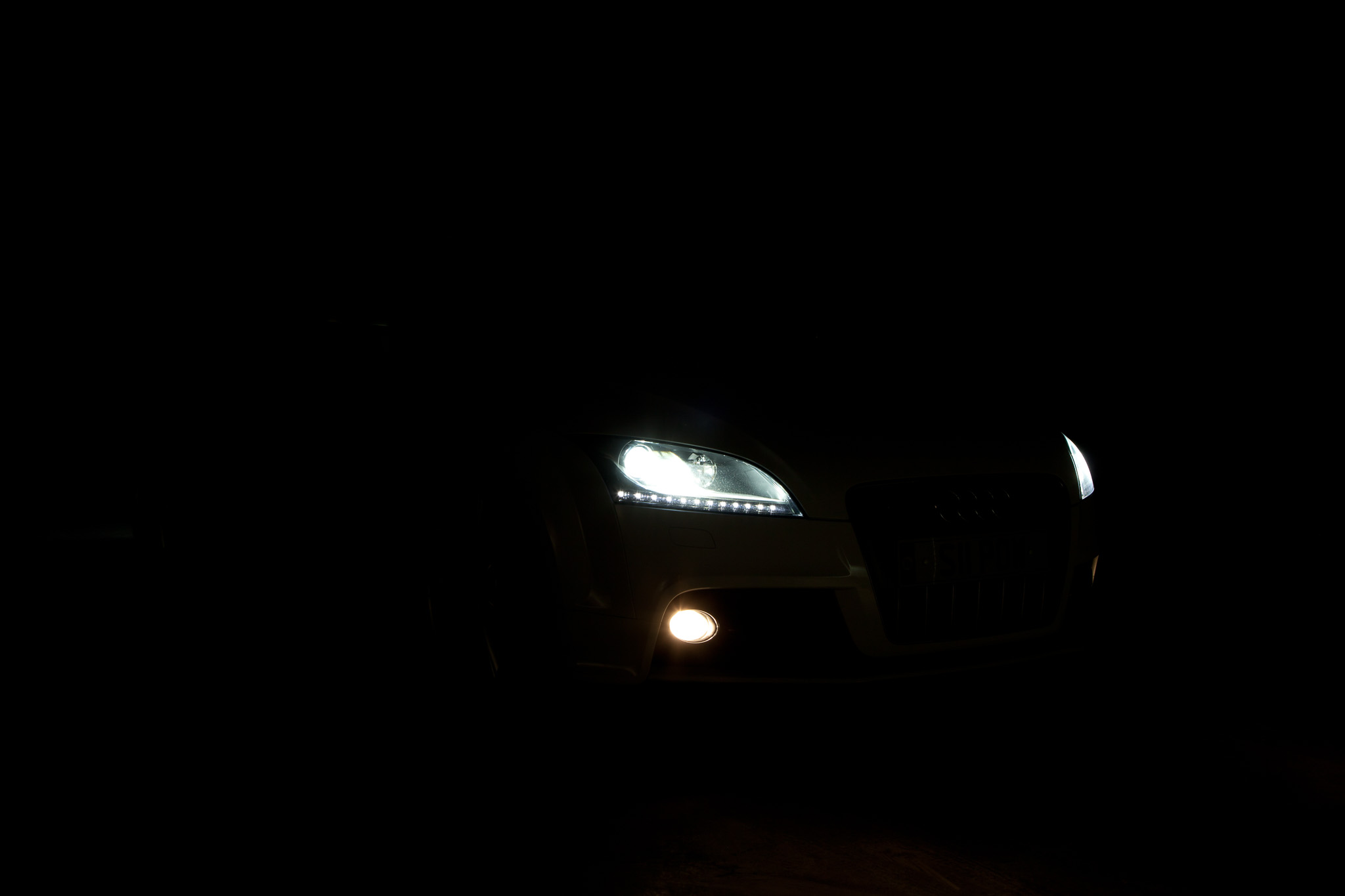
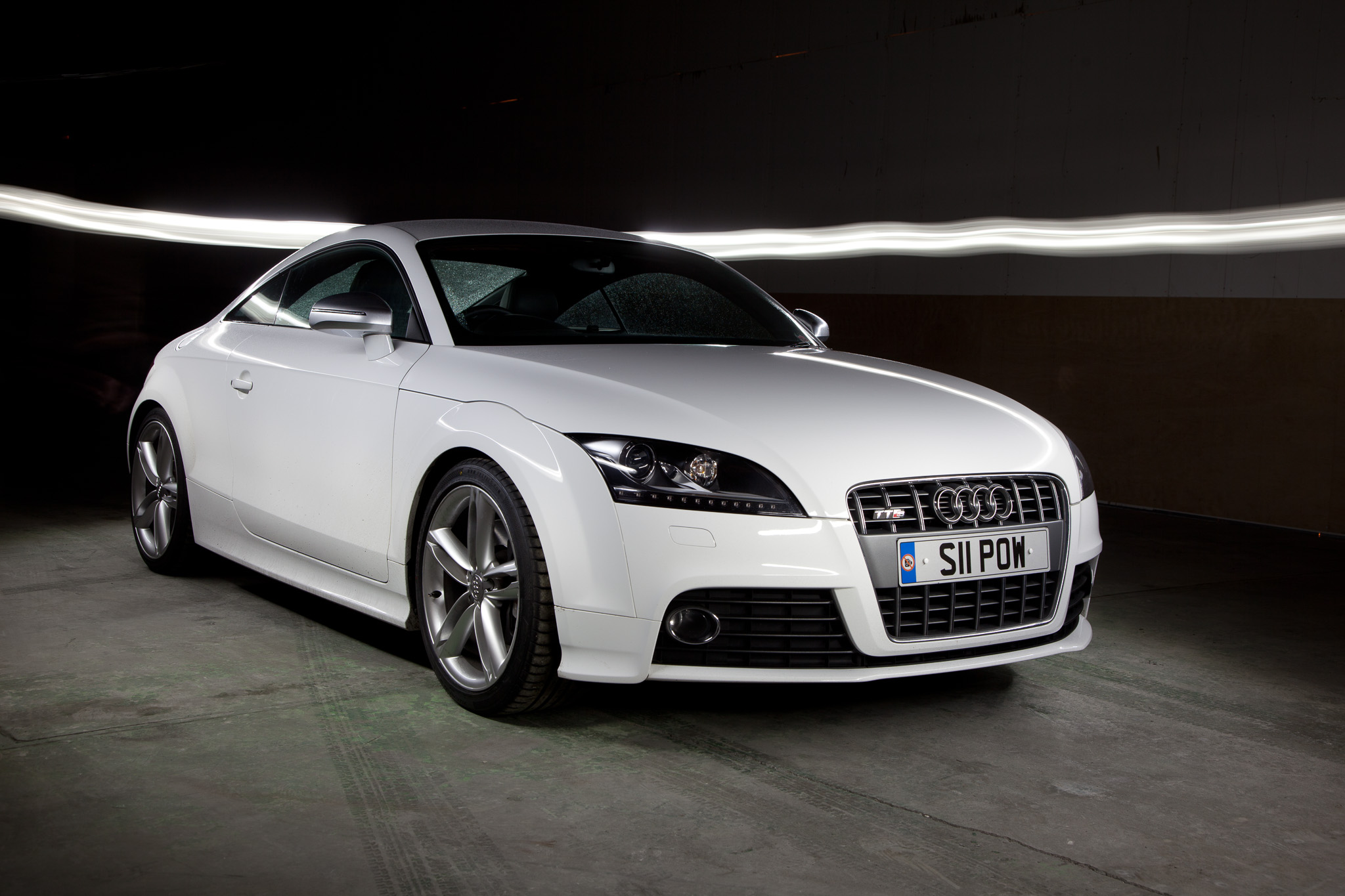
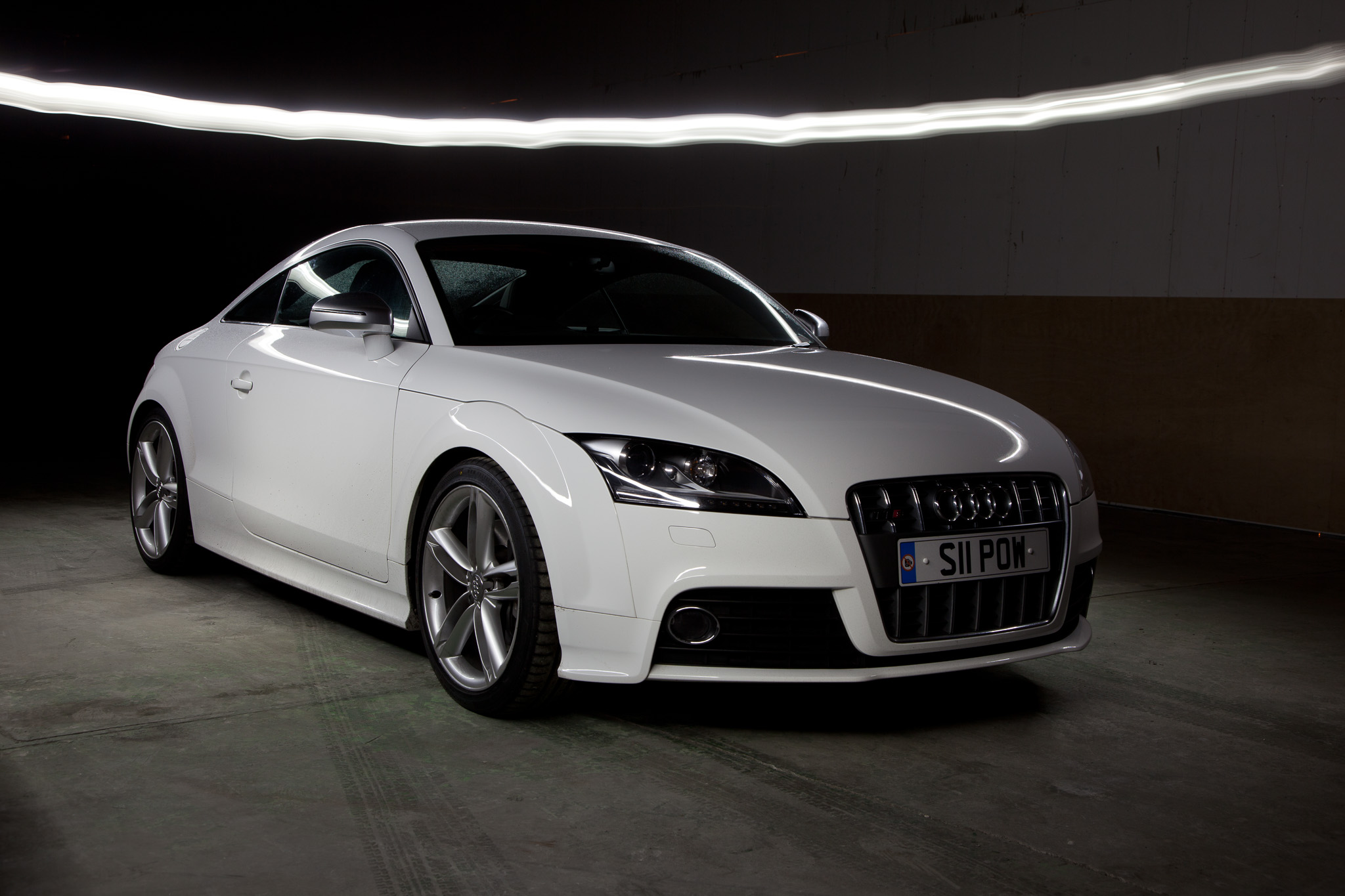
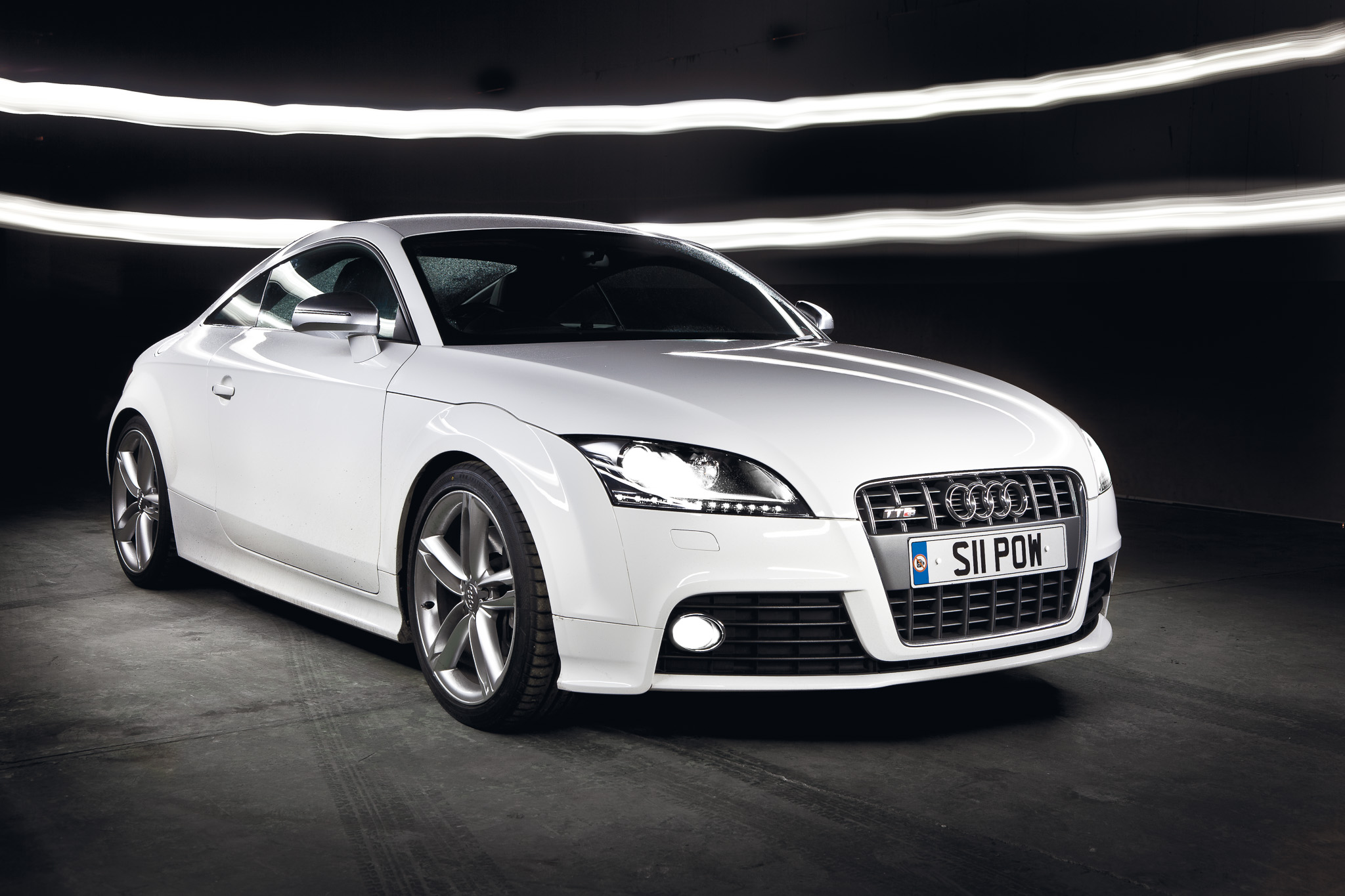

Recent Comments